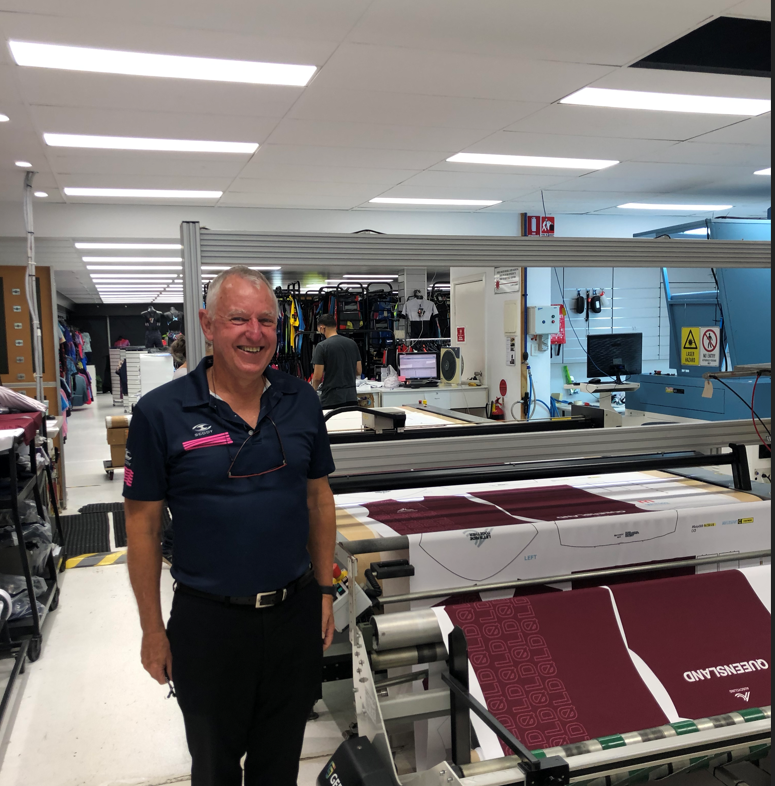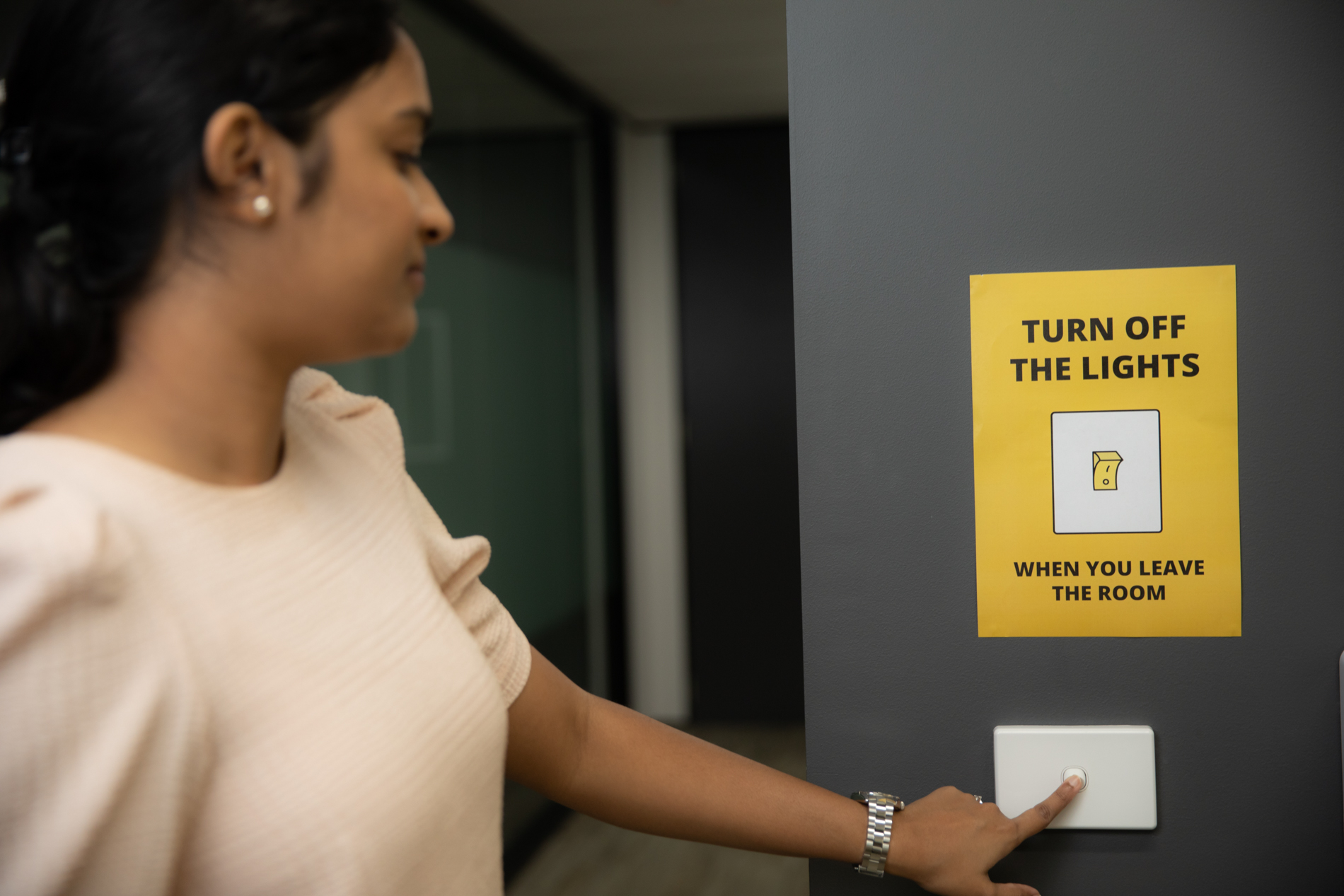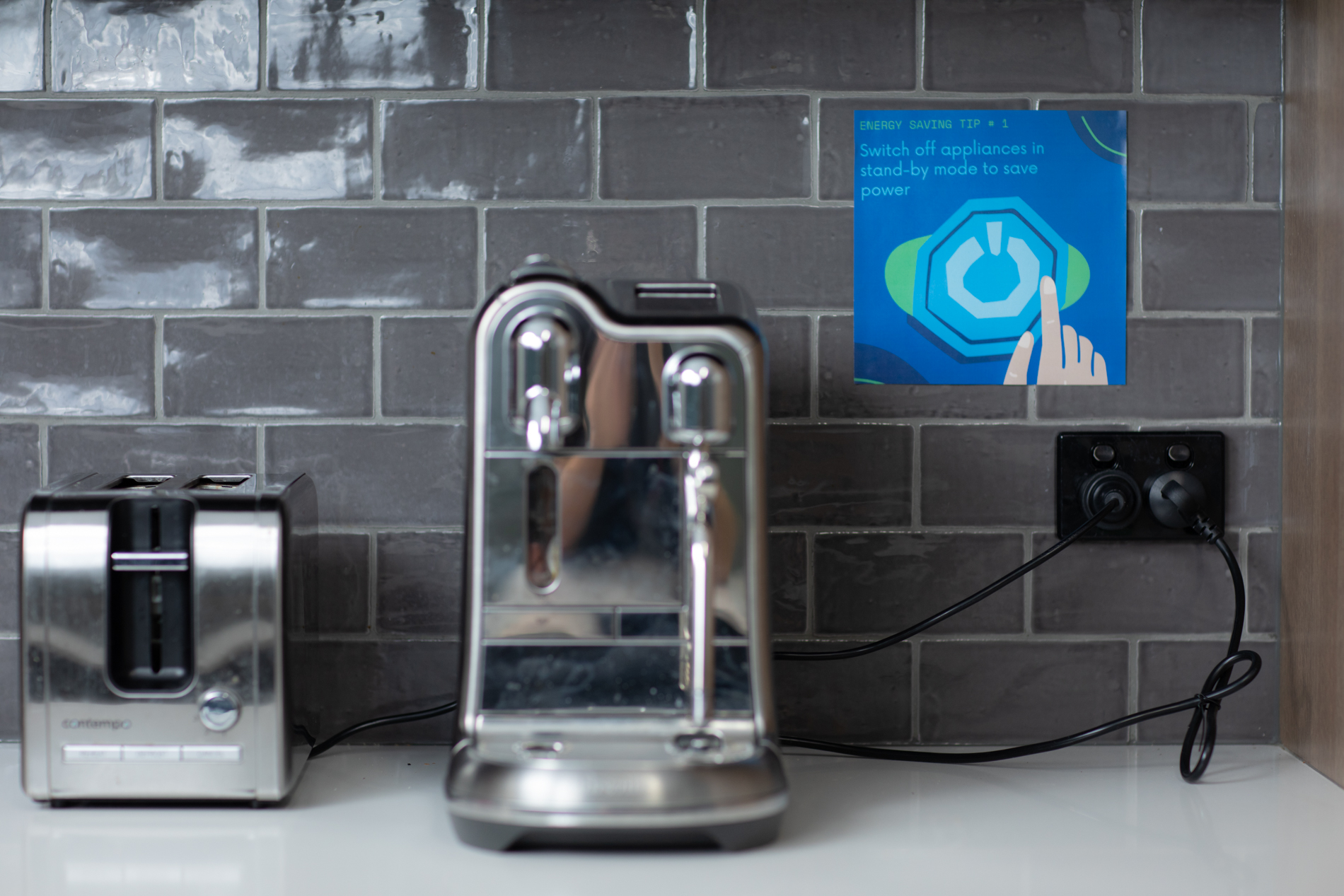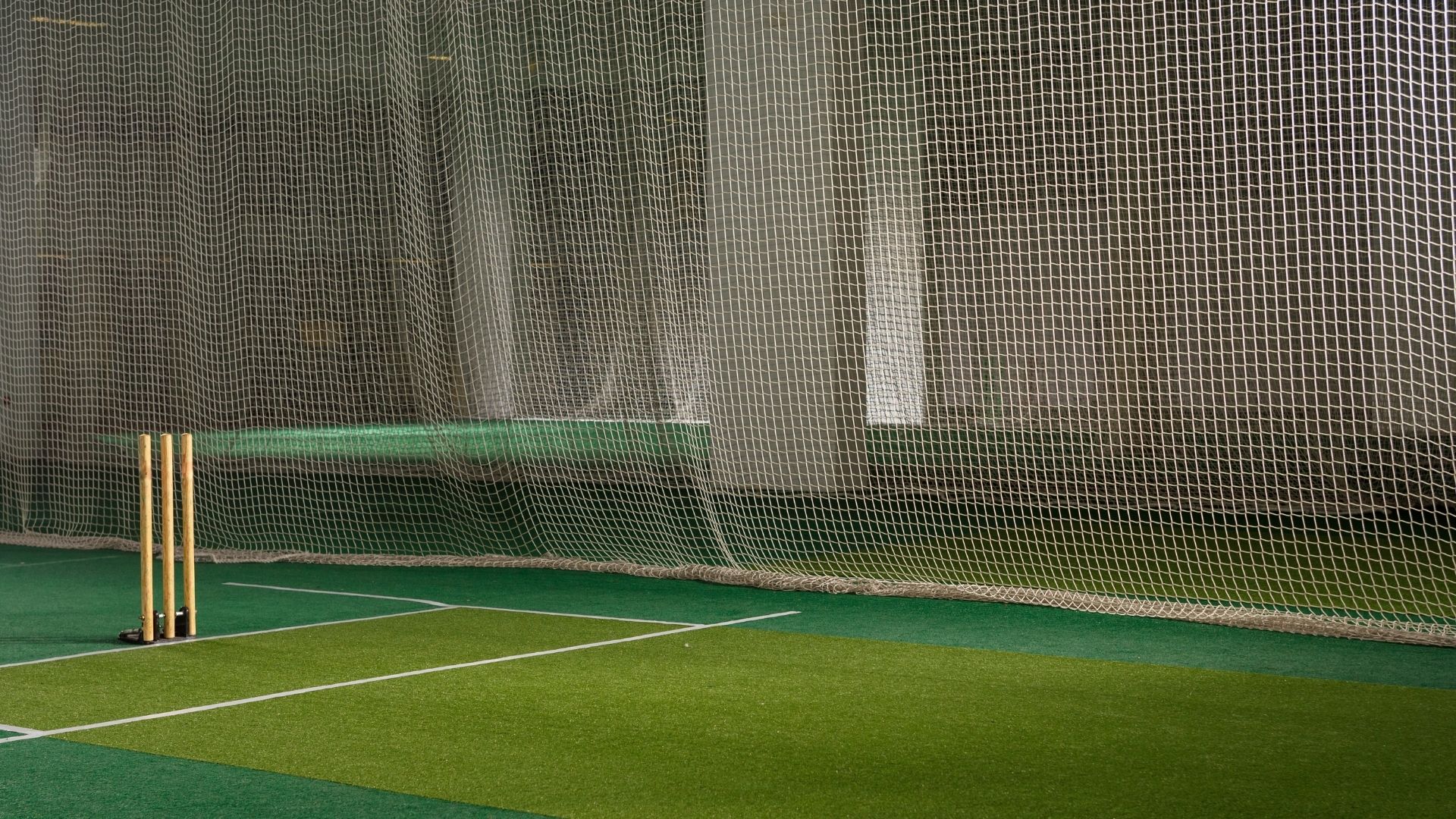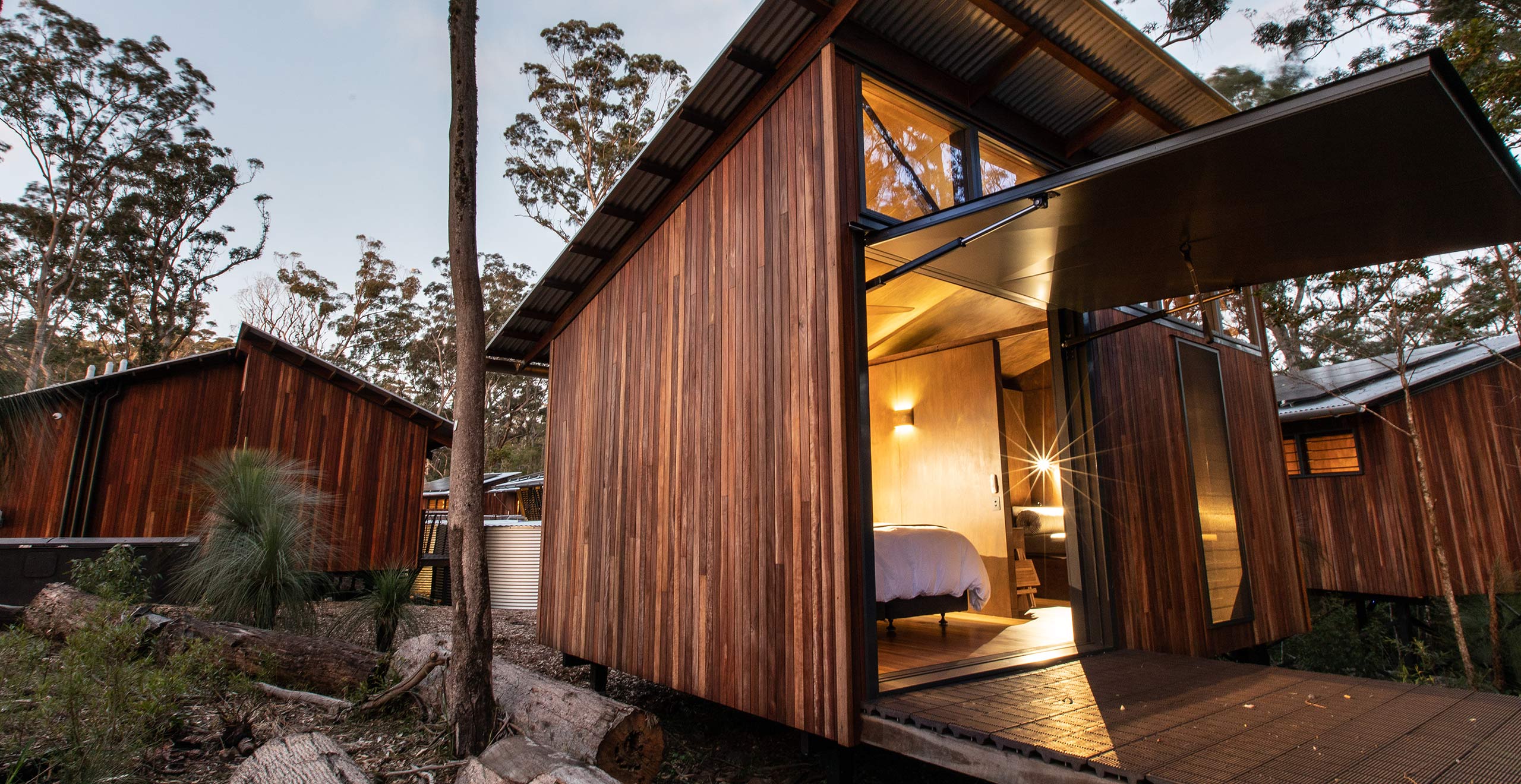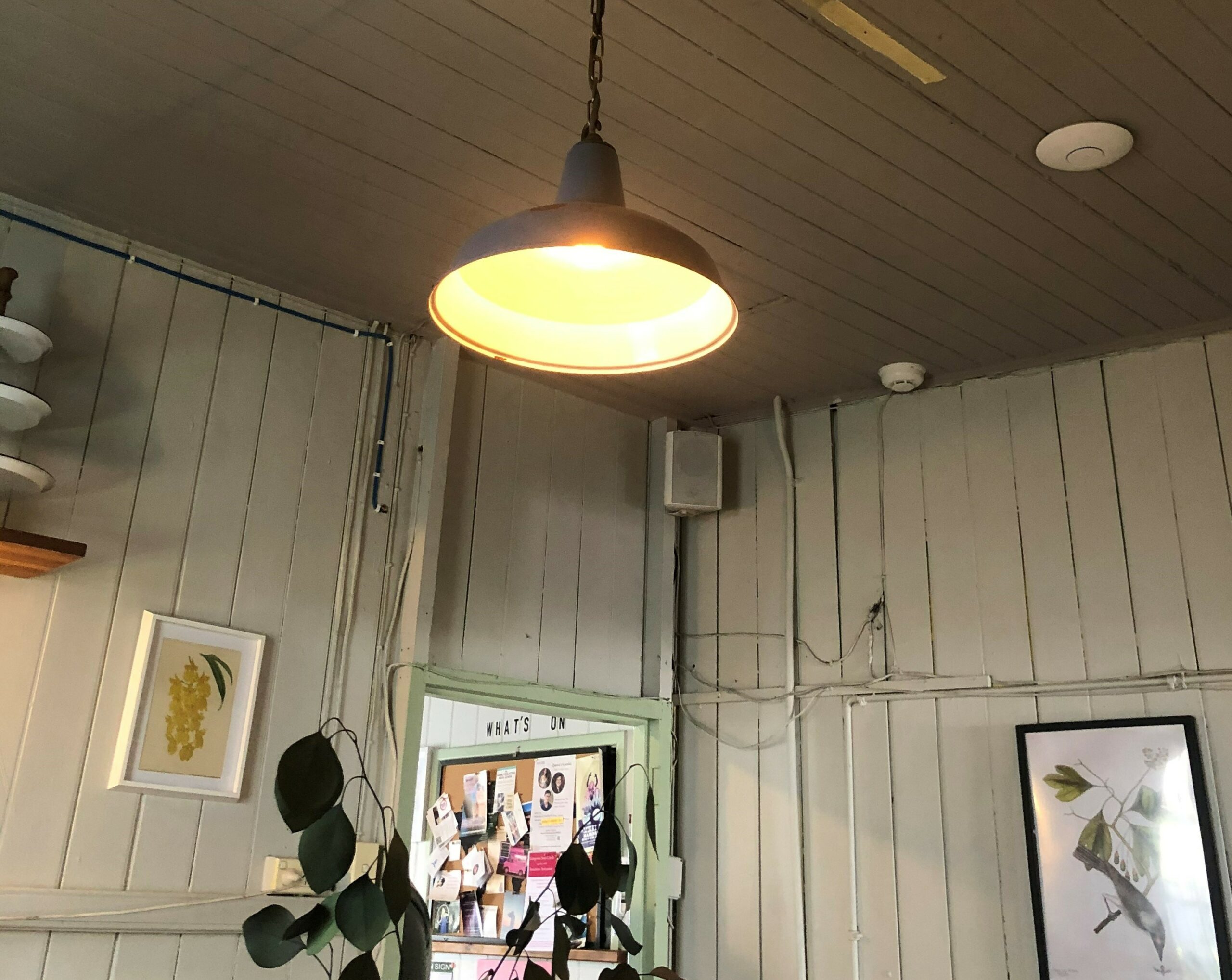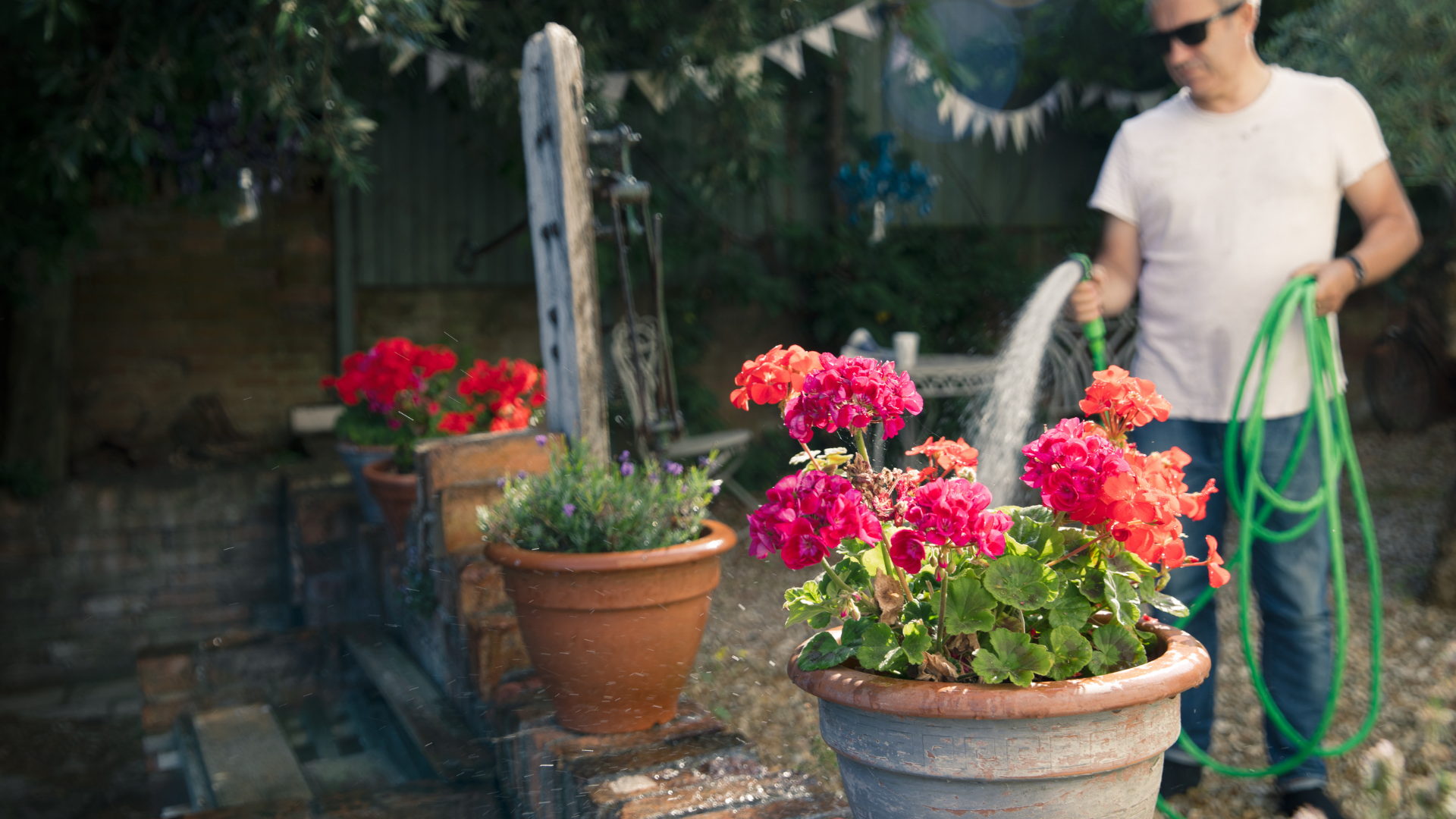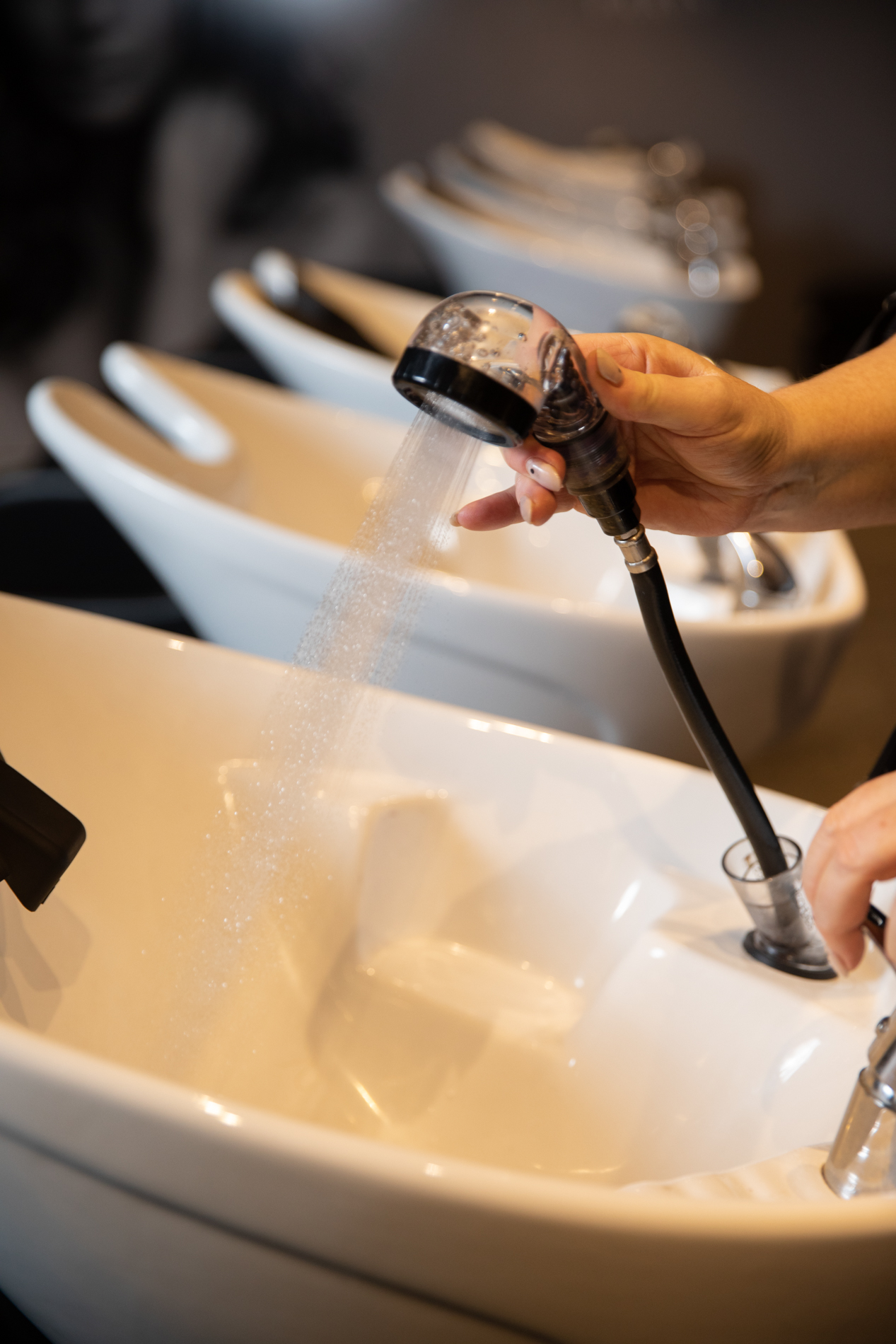Energy saving for community clubs
Switch on the savings with these quick tips and resources to lower your energy consumption and save on bills.
Does your club have an energy monitoring system?
When it comes to lowering your electricity bill, knowledge is power. Knowing how your club is using energy is the first step to understanding where you can make money-saving changes. Some clubs of the Resilient Clubs Support Program have been equipped with a PhiSaver Energy Monitoring System to gain access to real-time electricity consumption data.
Webinars and coaching
View recordings of coaching webinars from experts with advice to help your club reduce energy consumption and save on bills.
Navigating portals
December 2023
Portals and smart data can help organisations understand and control their water and energy use more effectively and efficiently. In this webinar, we’ve invited an expert panel who will guide you through the effective use of the SUMS, Rain Bird and PhiSaver portals.
Switch on your energy savings
July 2023
For this webinar we are joined by Andrew Chamberlin from Limebranch to learn how to understand your energy use and discover energy saving techniques.
‘Knowing your energy’ PhiSaver demonstration
September 2021
For this webinar, we are joined by Brett from PhiSaver monitoring systems to demonstrate how clubs can understand their PhiSaver interface and use their energy monitoring systems to save on bills.
Resources from energy experts
See below for energy-saving tips and advice from expert partners of the Resilient Clubs Support Program.
- Energy saving tips for business – Alinta Energy share their energy saving tips for organisations big or small.
- Getting a return on your solar investments – Tips from Alinta Energy on how to make the most of your solar power system.
- Control Your Energy – Information from Energex to help you understand energy pricing and how you can save money and electricity.
List of energy-saving actions
Participating clubs of the Resilient Clubs Support Program will receive a personalised Action Plan. However, if you want to take more actions to reduce your operational costs and environmental footprint, use the below information as a ‘shopping list’ of further energy-saving tips. Read the details and estimated costs and consider which actions are achievable for your club, given your circumstances and budget.
We recommend you choose actions you want to commit to and copy them from the below table into our Microsoft Word Resilient Clubs Efficiency Plan Template (word 72KB). You can also add water and waste actions to keep them all in the same location. Writing these actions down on a list will help you stay committed to achieving these outcomes.
Free and quick tips
Turn off appliances that aren’t in use and reduce brightness on monitors, TVs and other screens. Utilise shut down, sleep and eco modes
Reducing the brightness of computer monitors from 100% to 70% can save 20% of their energy consumption. Appliances on standby can be up to 3% of a household’s energy bill.
Switch off your appliances at the wall when you go to bed or leave the house and save about 10 per cent of your household energy.
ROI is immediate.
Install a desktop background on office computers with a reminder to switch off the computer and monitor and the end of the day.
Cost: Free
Run appliances and electrical devices at off-peak times
Run optional appliances (e.g. dishwasher, washing machine) at off-peak times when energy tariffs are cheapest.
Cost: Free
Monitor your energy usage
Monitor your energy usage monthly to identify patterns and opportunities for further efficiency. Evaluating your energy usage will help you to save and optimise your energy use, reducing your costs as well as the associated emissions.
Compare your energy usage using Brisbane Sustainability Agency’s energy calculator.
Cost: Free
Increase staff and volunteer education
Educate and train staff and volunteers in energy-saving methods across common areas for savings on energy bills. Engaging your organisation’s workforce and community in resource-saving initiatives may effectively inspire and change behaviours.
Cost: Free
Use signage to remind staff and visitors about energy-saving habits
Display posters, labels and signs to remind staff of different energy-efficient behaviours (such as turning off AC, lights and equipment, closing cold-room/freezer doors to avoid heat/moisture ingress). Keep them light and entertaining to grab the attention of your team. Savings from efficient energy usage will be realised and the return on investment (ROI) is immediate.
Cost: Free
Create an energy-saving “end of day” checklist for staff and volunteers
Creating an end of day checklist with energy-saving actions is a great opportunity to create ownership around the benefits of energy efficiency in your organisation. The ROI is immediate.
Cost: Free
Consider ‘energy efficiency’ when replacing equipment
Energy-efficient appliances reduce life cycle costs and are not necessarily more expensive upfront. The more stars on Energy rating labels the more energy efficient the product is compared to other models in its category.
Cost: While some may have a premium, some energy-efficient appliances are not more expensive upfront and the more efficient an appliance, the more will be saved in ongoing running costs.
Maintain equipment through regular cleaning and maintenance
Another way to get the best value out of your equipment and appliances is by conducting regular maintenance. When equipment parts are damaged or blocked, they can’t perform at full capacity. This means you are still paying the same, or more, to keep it running, but receive less than the desired result. Without regular maintenance, an air conditioner loses about 5% of its original efficiency for each year of operation.
Cost: Cleaning your equipment can be done by anyone and is free. Simple maintenance and tune-ups for air conditioning can cost anywhere between $50 and $300. Maintaining your equipment will prevent it from breaking, saving larger replacement costs further down the track.
Limit the use of your clothes dryer
Consider hanging washing on the line when a dryer is not needed.
Cost: Free
Reduce hot water consumption
Using hot water not only uses water but also uses energy to heat the water. For example, using a cold cycle setting for a washing machine reduces energy used by 80%. As well as this, use signage to try and limit hot showers to four minutes for patrons.
Cost: Free
General energy reduction and bill saving
Explore the installation of a PV Solar system
Solar systems help offset set energy bills by utilising solar power produced on-site during the day, meaning premises are powered by clean, green renewable energy. Using renewable energy captured from the sun means that your club doesn’t have to pay for fossil-fuel electricity from the grid.
Cost: upfront cost is approximately $20,000 depending on the size of the system required. The average payback period is between 2 to 5 years.
Configure appliances to operate during daylight hours, if solar-powered
Get the most out of your solar energy during the day and reduce the need to buy energy from your energy retailer at night when the sun isn’t shining. Set the dishwasher and other appliances to run during daylight hours.
Cost: Free
Install solar smart data monitoring
Smart Solar data can keep you up to date on system performance, energy usage, energy production, solar savings, and more. Gaining access to your solar smart data enables you to check your solar system production and consumption patterns and adjust your energy usage patterns to align with when you are producing free solar energy. Leading to energy cost savings due to efficient energy use.
Cost: $2,300+ subscription
Install an energy monitoring system
Consider installing an Energy Monitoring System to monitor your energy data on a monthly basis to understand peaks, issues and opportunities for further savings.
Monitoring this data can assist you with identifying faulty equipment, hungry appliances, areas of wastage and also help you maximise the benefit of solar production so equipment runs when you have surplus energy.
Cost: $3,000+ subscription. Some energy retailers provide monitoring systems for free, however, these are limited and cannot help you identify specific circuits and appliances that are consuming the most energy.
Shop around for your energy
The Energy Made Easy website shows all the plans in your area, estimates an annual bill for each plan and lets you compare up to three plans at the same time. It allows you to buy accredited renewable energy to power your home through your electricity provider.
Cost: Free
Airflow, cooling and heating
Use curtains and blinds for efficient climate control
Closing curtains and blinds throughout the day can reduce the heat transferred via windows, keeping rooms cool during warmer periods and vice versa for cooler periods during the evenings. This will reduce the need for air conditioning, creating energy savings.
Cost: Free
Service air conditioning annually (ideally in early Spring) and keep the filters clean.
Without regular maintenance, an air conditioner loses about 5% of its original efficiency for each year of operation. Servicing your organisation’s air conditioning systems by a qualified technician frequently will reduce the chance of inefficiencies. Cleaning the dust filters will also maintain the system’s energy efficiency.
Cost: Approximately $1000/year for a service contract
Set the air conditioning temperature at 24-26°C in summer and 18-22°C in winter
By utilising the air conditioner’s thermostat and timer, you can save up to 10% for every degree warmer for the cooler and every degree cooler for the heater. The return on investment is immediate.
Cost: Free
Upgrade air conditioning equipment with smaller 5-star split units
Split air conditions can consume less energy than ducted air conditioning systems and reduce costs by only cooling/heating areas that are utilised at the time. When comparing similar-sized products, the Energy Rating calculator helps you compare running costs across different models.
Cost: Approximately $2,500 per unit installed
Install wall, pedestal or DC ceiling fans
Fans can allow you to increase the air conditioning temperature by up to 4°C and still maintain the same level of comfort. Each degree higher you set an air conditioner is roughly a 10% reduction in energy – so at 4 degrees higher, you’d potentially save $584/yr per air conditioner with a fan.
As well as this, a DC ceiling fan requires a smaller motor than an AC fan, making it much quieter and far more energy-efficient.
Cost: Approximately $600 per unit installed
Improve roof ventilation
Your roof cavity can easily reach 60°C+ so exchanging this air with cooler air from outside will have a major impact and reduce your need for cooling. Solar whirly birds work much faster than regular whirly birds and require zero cost to operate. They remove hot air from buildings, create cooler ambient temperatures, help fridges work more efficiently, and reduce roof moisture.
Cost: Solar-powered roof ventilators are approximately $3,500 whereas a solar-powered whirly bird is approximately $1,500
Apply shade or LowE film glazing to windows
Energy-efficient glazing minimises the peak heating and cooling load, which can reduce your yearly energy bill and reduce the required size of an air conditioning system by 30%.
Cost: Approximately $350/m2 installed
Install gravity or spring closer doors
Gravity or spring closers help minimise the time doors are open. This assists maintain the internal temperature and reduce cooling or heating needs with air conditioning.
Cost: Approximately $500
Install external door brush seals (sides, bottom and top)
Gaps easily grow over time in buildings. Installing rubber or brush seals around door frames will reduce warm air entering the building in the summer and cool air in the winter. This assists minimise energy losses and may lead to savings on your electricity bill.
Cost: Approximately $100 per door
Increase external shade and/or install insulated roof panels
Direct sun can generate the same heat as a single bar radiator over each square metre of a surface, but effective shading can block up to 90% of this heat. In return, heat loads ingressing into a building are reduced as well as the energy required for cooling the internal temperature.
Cost: A minimum of $125/m2 DIY
Use light or UV-reflective roof paint
“Cool Roofs” reflect heat rather than absorb it. Reflective coatings may reduce external surface temperatures by up to 10 degrees celcius, leading to a reduced air conditioning energy consumption of 5.8kwh/ per square metre in buildings.
Cost: $223-$450 / 20L and a minimum of $40 / hour for a painter
Lighting
Install skylights
Skylights let in plenty of natural light, resulting in less need for artificial lighting, reducing energy usage and costs. Skylights can also improve energy efficiency by heating and cooling a space, reducing the need for energy-powered ventilation, such as fans or HVAC system.
Cost: variable
Replace clubhouse halogen and fluorescent lights with LED bulbs
LEDs consume about 80% less energy than incandescent light halogen bulbs, significantly reducing your energy usage and costs. LEDs have a longer life span, reducing your maintenance and replacement costs.
LEDs consume about 50% less energy than fluorescent light bulbs. LEDs last much longer, use less energy and reduce your energy costs. They’re kinder to the environment as they’re much easier to recycle.
Cost: Supply and installation ranges from $30 – $150/ bulb, depending on size and fixture
Replace sports field lighting with LED bulbs
Sports field lighting can often be a club’s biggest running expense and replacing metal halide luminaires with LEDs provides significant energy cost savings. LEDs produce a constant, brilliant illumination and consume about 75% less energy than halogen light bulbs. They also have a longer life span, reducing your maintenance and replacement costs.
Cost: Variable
Install a sub-meter for field lighting
A sub-meter will allow for a better understanding of usage patterns across different electricity consumers and help identify opportunities to save costs over the long term.
Cost: $3,000
Install task lighting
Task lighting allows for higher light intensities where the light is needed compared to ambient lighting which may consume more energy across rooms/buildings. Savings will be realised by reducing the need for lighting larger areas.
Cost: $100/light
Install timers
Consider installing timers to automatically turn off equipment. Time clocks allow you to program lighting efficiently, reducing energy wastage and costs. For example, appliances on standby can be up to 3% of a household’s energy bill. Timers can save valuable staff or volunteer time instead of manually controlling switches and minimise the risk of staff accidentally leaving lights and appliances on.
Cost: $40/each
Install motion sensors
Motion sensor-controlled lighting increases energy efficiency as electricity will only be consumed when movement is detected.
Sensors are useful in transient areas as well as areas, such as hallways and bathrooms, and where there are sustained periods of no activity, such as external security lighting.
Cost: $300/sensor
Install light dimmers
Light dimmers can help save energy by reducing the amount of electricity needed to power lights, resulting in lower energy bills. By adjusting light levels to match the needs of the environment and activity, light dimmers can also extend the lifespan of bulbs and reduce maintenance costs.
Where replacing with LED can halve the electricity consumption per bulb, using dimmers can further reduce the total load of the LED lighting down to around 30% (eg. Fluorescent 36W down to 18W LED, down to 5.4W per fitting). Energy monitoring of the lighting circuits is needed to properly assess the savings from this. However a basic calculation of 8 hours per day, for 4 days a week @ 42 weeks per year paying 25c per kilowatt hour using only 1 fluorescent = $12 LED with dimmer @ 30% = $1.81. This is a saving of $10.19 per fitting per year. Savings will be higher or lower depending on actual usage. There will also be a reduction in maintenance costs associated with lighting when replacing fittings with LED.
Cost: $150/unit with an average return on investment of 4 years
Use building management systems and/or central controllers for lighting and air conditioning
Building management systems allow for automated control of air conditioning and lighting from an individual interface. Some cases, office buildings that have used a building management system have reduced energy consumption by 47%.
Cost: variable
Install a master control switch for all appliances and equipment except security and refrigeration
A master control switch can save valuable staff or volunteer time, instead of manually controlling switches. Appliances on standby can be up to 3% of a household’s energy bill and with a “master off” switch these costs can be minimised with savings up to around $300/year.
Cost: $1,000
Install an e-switch control system for field lighting
Sports Lighting Control Systems can automatically and remotely control sports field lighting, saving valuable staff or volunteer time, instead of manually controlling lighting. App control of sports field lighting for multiple users may include timers and dimming and savings from more efficient usage will be realised.
Cost: $3,000 – $7,000
Refrigeration
Maintain seals
Poorly sealed doors let the cold air escape, making the unit work harder and cutting food quality. If you have condensation on the outside of your fridge-freezer, that’s a sign that you need to get the seals replaced. As well as this, keep the fridge and freezer at least 2/3 full therefore only 1/3 or less of that air can leak out. If your freezer requires manual defrosting, then make sure you defrost it regularly. The more ice your freezer has in it, the more energy it uses.
Cost: $50+ / seal
Manage thermostat temperature
Set the fridge thermostat to between 3°C and 5°C and the freezer to between -15°C and -18°C. For every degree warmer, you’ll decrease your running costs by 2–4%.
Cost: Free
Re-stock fridges at the right time
Re-stock during the cool part of the day or at the end of trading. This will allow the stock to cool overnight and less warm air will enter during the day, therefore reducing the amount of energy required to cool contents.
Cost: Free
Stock fridges completely for ultimate energy-efficiency
Ensures fridges and freezers operate at optimum power usage and space is fully utilised, as they work most efficiently when packed as full as possible. This may also reduce the number of fridges required. As well as this keep a clearance of a least 100mm around freezers and freezers to allow for adequate heat escape and ventilation.
Cost: Free
Upgrade fridge equipment to more energy-efficient models
As the fridge is one of the highest energy users in the home it is best to select a fridge with a high star rating as with every extra star saved running costs are reduced by 23%.
When it comes to choosing your fridge size, if it is usually less than two-thirds full it is probably too big then the system is probably too big.
Cost: $1,500 / fridge
Opt for larger and fewer cooling systems, as opposed to many smaller systems
New efficient pumps and fans can repay themselves in energy cost savings within a few years. With DC inverter technology, newer compressors, fans and electronic controls can mimic air conditioning split systems technology to achieve flatline temperature control, reducing energy consumption by 25%. In addition to this, chest freezers are more efficient than door freezers.
Cost: $1,500 / fridge
Service cold rooms and refrigerators at least annually
Servicing regularly can assist reduces repairs and help minimise energy consumption.
Cost: A minimum $3,600 per service
Add cold room curtains to reduce the loss of chilled air
Walk-in cold rooms have an average potential energy wastage of 25%. For cold rooms requiring regular access, automatic rapid close doors and strip curtains can significantly reduce heat gain through the doorways.
Cost: $150 – $300
Other
Consider upgrading to variable-speed drives for compressors, pumps and fans and ensure to purchase VSDs when replacing equipment
Variable frequency drive (VFD) pumps only work as hard as needed and they are more energy-efficient than a fixed drive.
Cost: Variable
Upgrade hot water system to a solar system or a heat pump
Solar hot water systems utilise the sun’s energy to heat water. The system can use at least 60% less energy than a conventional gas or electrical system, thereby reducing energy bills. Heat pumps are also viable alternatives to conventional electric hot water systems. Extracting heat from the air to heat the water, they use only 30% of the energy of conventional systems.
Cost: Variable
Find out more
If you have any questions about the Resilient Clubs Support Program or if you are a participating organisation that has a question about your experience in the program, get in touch.
Call the Resilient Clubs Support Program team on (07) 3007 7000, email resilientclubs@sustainablebrisbane.com.au

